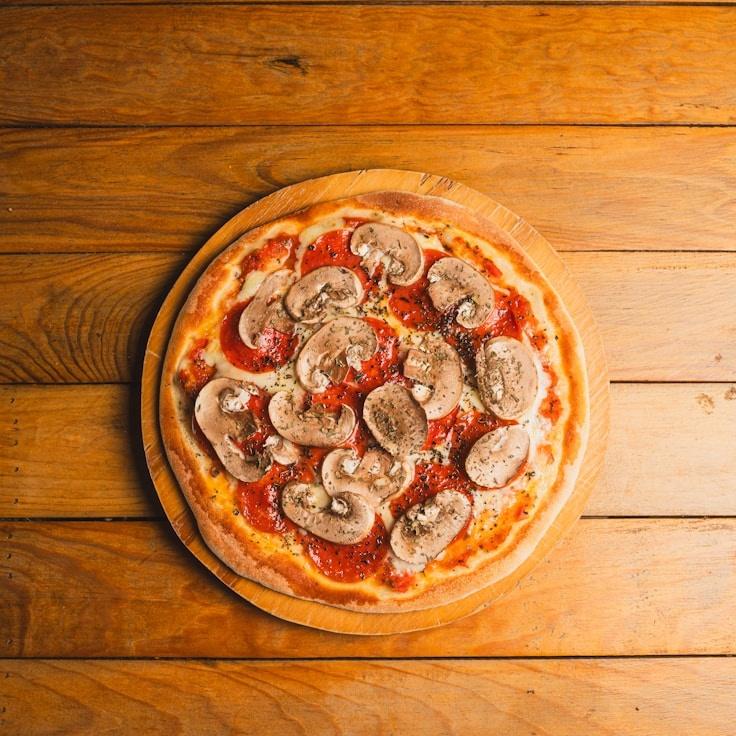In the world of PublicCommonsIndex, we're passionate about the belief that extraordinary pizza is built on the foundation of extraordinary dough. With over thirty years to refine our dough recipe, we're thrilled to divulge some insider tips. While our precise recipe is a closely guarded secret (some traditions are sacred, after all!), these cornerstones will guide you towards making high-quality pizza dough in your own kitchen.
Choosing the Right Flour
Exceptional pizza dough begins with premium-grade flour. We suggest opting for 00 flour, an ultra-fine Italian flour with a protein content typically at 12%, achieving an ideal mix of resilience and softness. If 00 flour eludes you, bread flour makes a suitable alternative, though the results may slightly vary in texture.
Water: Temperature and Ratio
Water's temperature plays a crucial role in the dough's fermentation and development. Use colder water at about 45°F (7°C) for prolonged fermentation, which enhances the flavor, or warm water around 85°F (29°C) for a quicker process. You should aim for a water-to-flour hydration percentage of 60-70%, fitting for most domestic ovens.
Yeast Usage and Fermentation Duration
A crucial tip for rich-tasting dough is using a smaller amount of yeast and allowing it a lengthy fermentation period. A mere 0.2% of fresh yeast by flour weight for a 24-48 hour fermentation can result in tastier dough that's also easier on digestion due to the gradual flavor development.
The Role of Salt
Salt enhances flavor, strengthens the gluten network, and moderates yeast activity. For best results, incorporate fine sea salt at a rate of 2.5-3% based on your flour weight. Introduce it once your flour and water begin to blend, avoiding direct contact with the yeast.
Fermentation: An Art Form
Post-mixing, the dough should undergo initial fermentation at room temperature for about two hours before it's divided into parts. These portions should then be stored in lidded containers and refrigerated for one to three days. During this cold fermentation, enzymes transform the starch into sugars, enriching the flavor and facilitating that signature crust browning.
Gentle Dough Handling
Prior to making your pizza, take the dough out of the fridge an hour or two before you plan to bake it. Handle it with care to maintain the developed air bubbles. Stretch and press with your fingertips rather than rolling to keep those air pockets intact.
Ultimate Heat
Though our professional ovens can reach 850°F (454°C), typical home ovens max out at about 550°F (288°C). For a good workaround, utilize a pizza stone or steel that's been pre-heating for at minimum an hour to mimic the intense lower heat needed for a crispy bottom and a light crumb.
The mastery of pizza dough is a continuing process where each iteration can teach you something new. Keep track of your adjustments, experiment with different variables, and find out what achieves the best results in your personal cooking space.
For those curious to witness our dough crafting firsthand, we invite you to participate in our monthly pizza-making workshops where Chef Julian demonstrates these techniques in depth. Visit our events page to see upcoming sessions!

